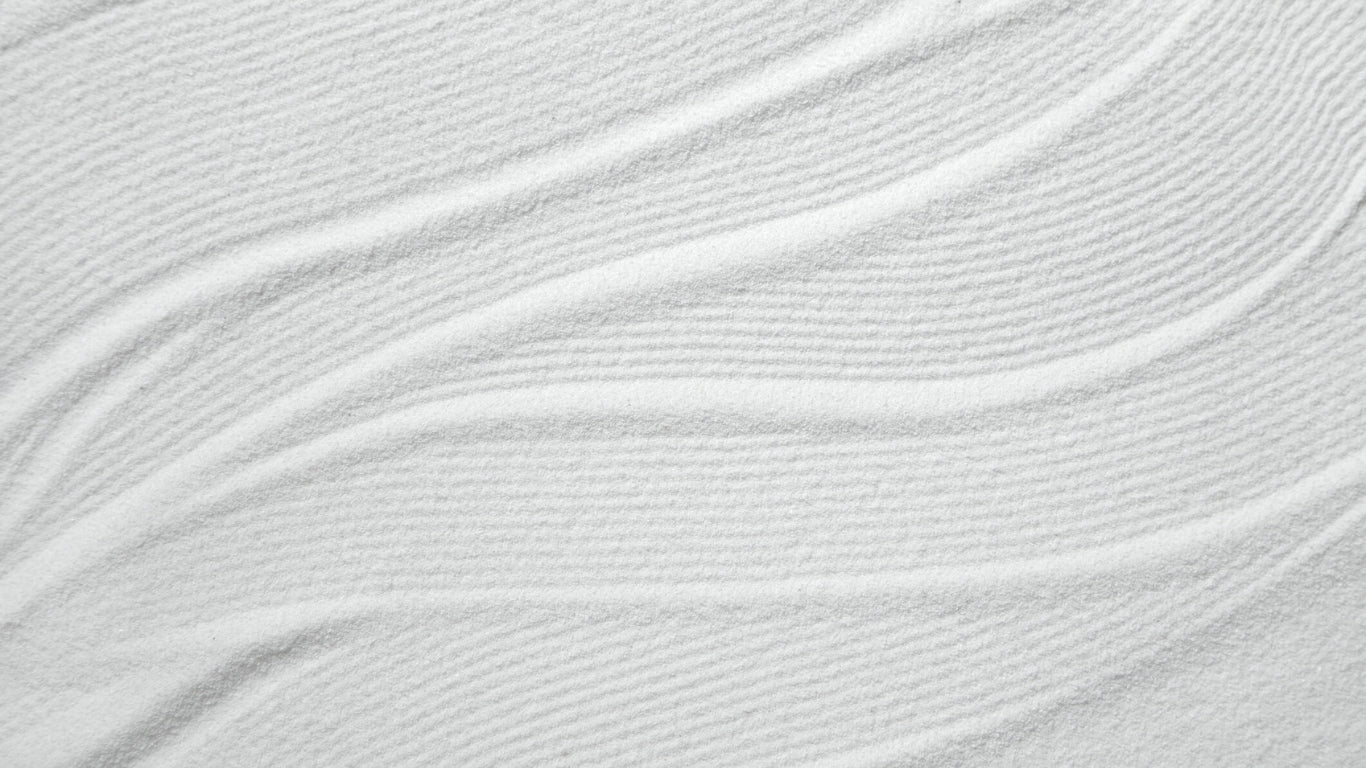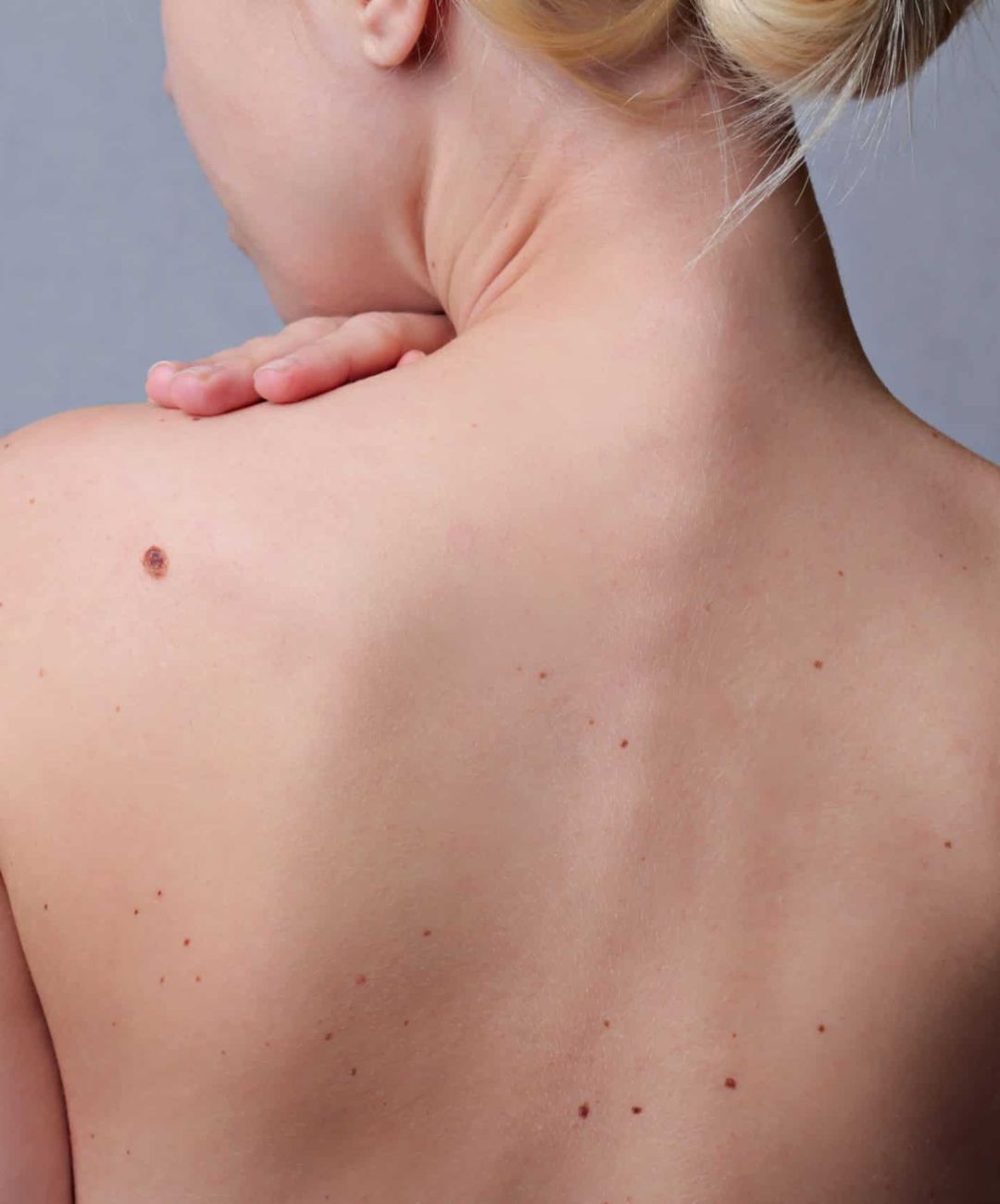
SKIN CANCER CHECKS
Advanced Mole Mapping for Early Skin Cancer Detection
Total body photography is a non-invasive imaging technique that creates a detailed, high-resolution record of your moles and skin lesions. This helps doctors detect subtle changes over time, allowing for early skin cancer diagnosis.
TREATMENT PROCESS
1. Consultation
2. Full-Body Imaging
3. Mole Mapping & Data Storage
4. Expert Review
Your doctor will begin with a short consultation to assess your skin cancer risk, discuss your medical history, and explain how total body photography fits into your ongoing skin health plan.
You’ll be guided to a private imaging room where we use advanced digital photography technology to take high-resolution images of your entire body, capturing all visible moles and lesions. Underwear remains on for your comfort.
Each mole is mapped and recorded using sophisticated software that allows for easy tracking and comparison over time. This process helps identify even the smallest changes that may indicate early melanoma or other skin concerns.
Your images are reviewed by one of our experienced skin cancer doctors, led by Dr Amarnath Baht. We’ll compare current images with past records (if applicable) and recommend next steps if any changes are detected.
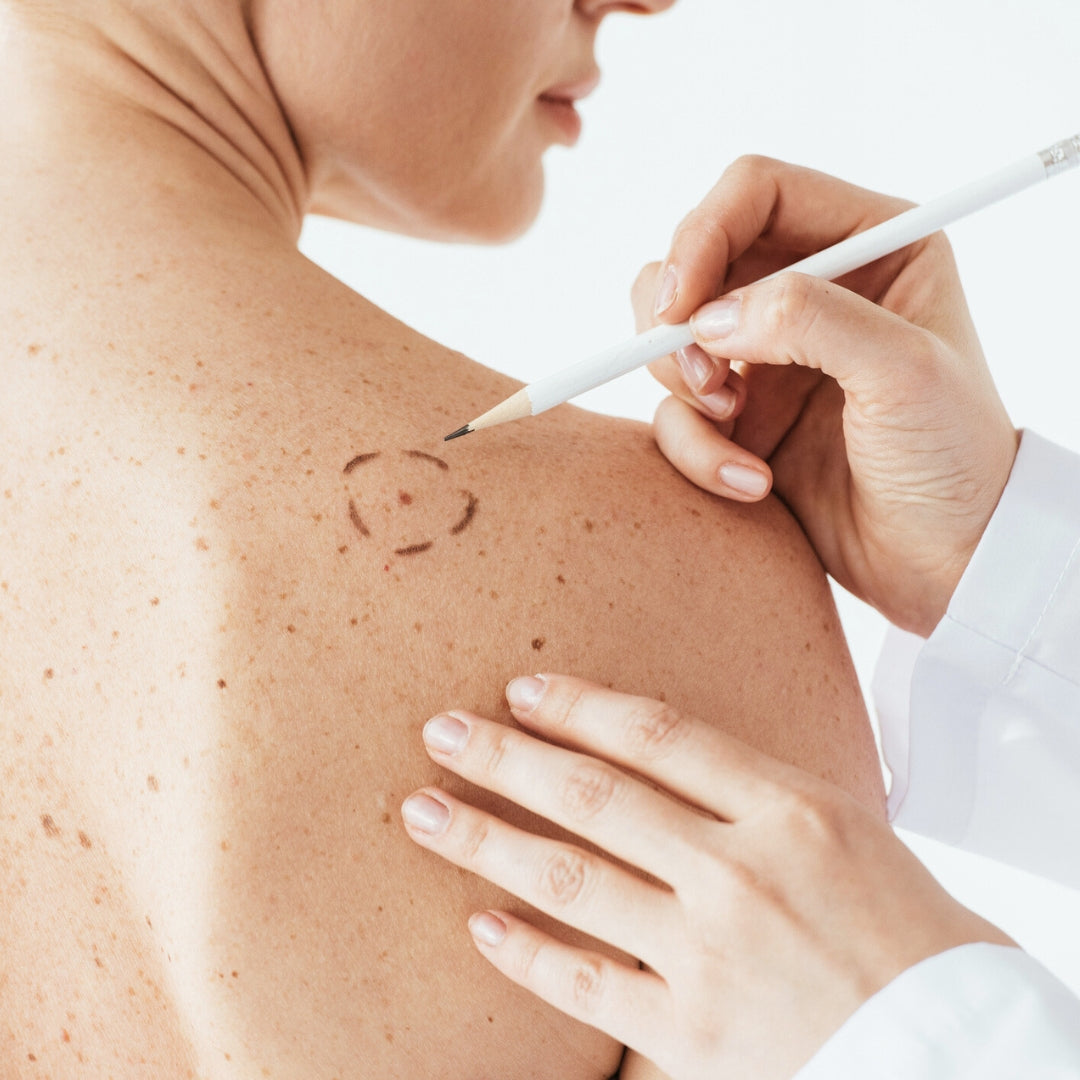
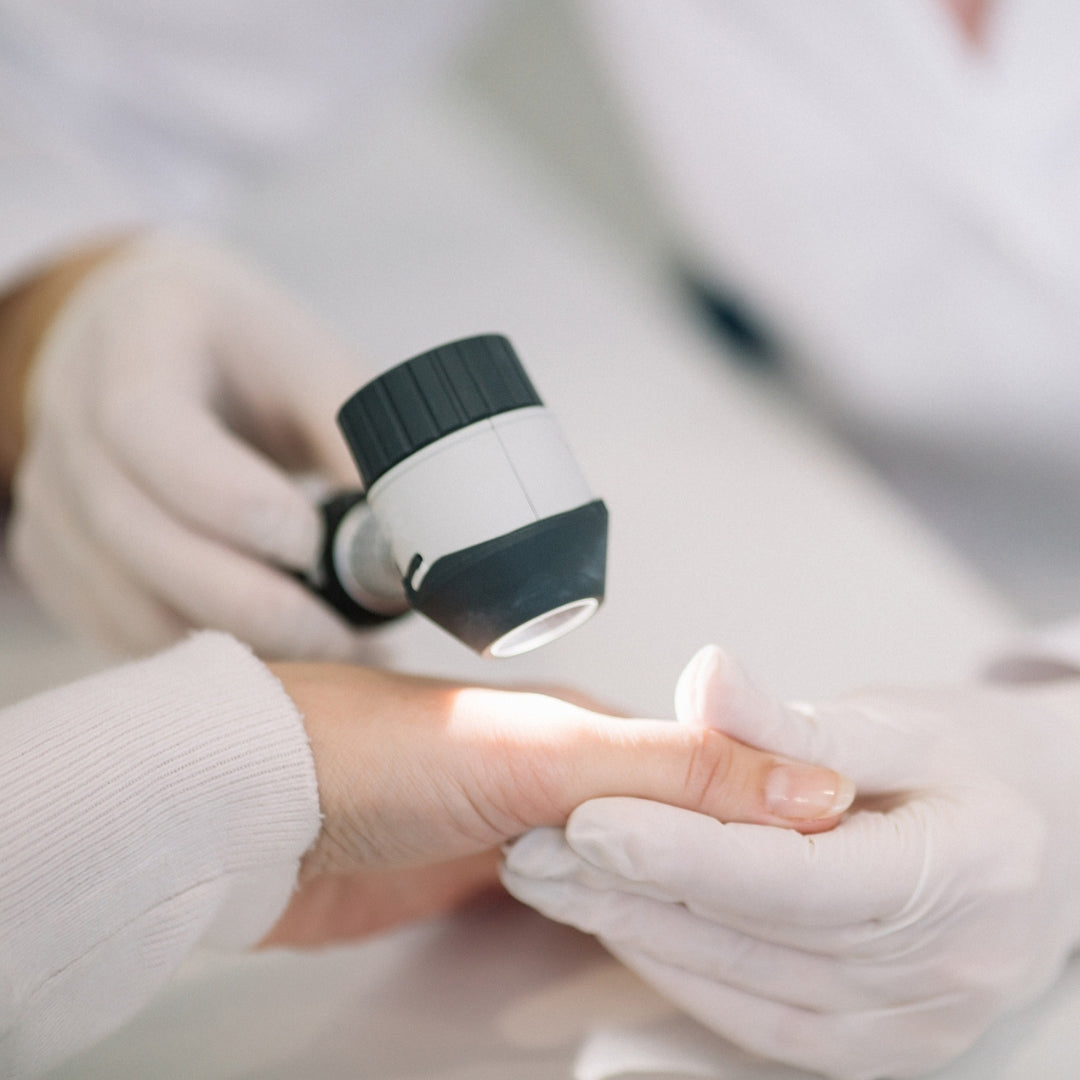

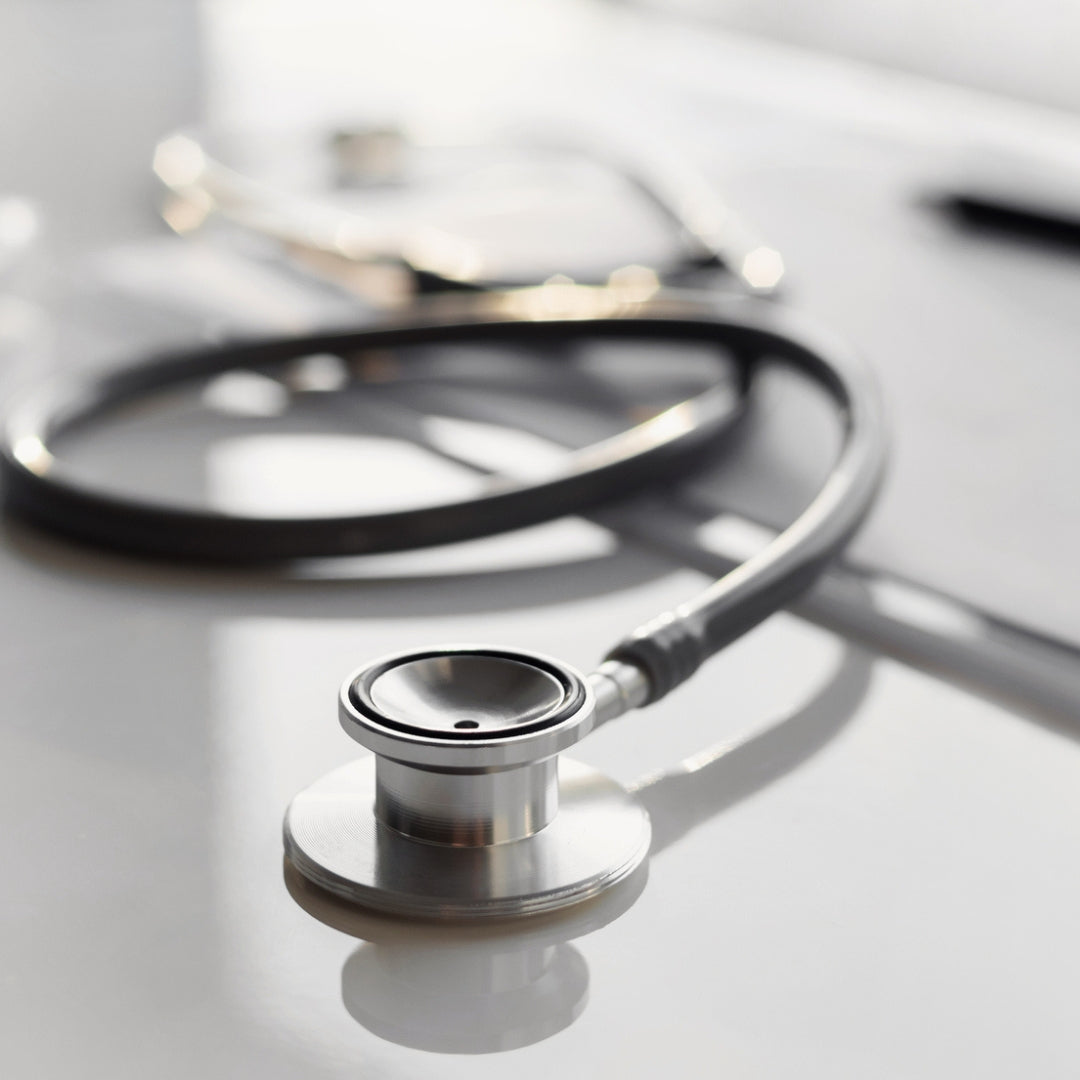
What is Total Body Photography?
Total body photography is a non-invasive imaging technique that creates a detailed, high-resolution record of your moles and skin lesions. This helps doctors detect subtle changes over time, allowing for early skin cancer diagnosis.
Skin Monitoring & Prevention
Why Total Body Photography is Important
- Tracks changes in moles over time to identify early signs of melanoma.
- Recommended for individuals with multiple moles, fair skin, or a history of sun exposure.
- Enhances accuracy of skin cancer checks, reducing unnecessary biopsies.
Who Should Have Total Body Photography?
- People with many moles or irregular lesions.
- Those with a family history of melanoma or personal history of skin cancer.
- Individuals with frequent sun exposure or a history of sunburns.
How Often Should You Get Total Body Photography?
- Every 6-12 months for high-risk individuals.
- As recommended by your skin cancer doctor based on your risk level.
How often should I get a skin cancer check?
Individuals at high risk (fair skin, sun exposure history, family history of melanoma) should have annual skin checks, while others should have a full-body examination every one to two years.
What happens during a skin cancer check?
Our doctor will examine your skin from head to toe using a dermatoscope to detect suspicious moles or lesions. If needed, we may perform digital imaging (mole mapping) or a biopsy for further analysis.
Can skin cancer be treated if caught early?
Yes. Early detection significantly increases treatment success rates. Most non-melanoma skin cancers (BCC, SCC) and early-stage melanomas can be completely removed if diagnosed in time.
How do I know if a mole is cancerous?
Follow the ABCDE rule of melanoma:
- Asymmetry
- Border irregularity
- Colour changes
- Diameter larger than 6mm
- Evolving appearance
If you notice any of these signs, book a skin cancer check immediately.
Does a skin cancer check hurt?
No, a skin check is non-invasive and painless. If a biopsy is needed, local anaesthesia is used to ensure minimal discomfort.
What is mole mapping, and do I need it?
Mole mapping uses high-resolution digital imaging to track changes in moles over time, helping detect melanoma in its earliest stages. It's recommended for high-risk individuals with multiple moles or a history of skin cancer.
What should I do if I have a suspicious mole?
If a mole changes in size, colour, or shape, bleeds, or becomes itchy, book a professional skin cancer check immediately for evaluation.
Are skin cancer checks covered by Medicare?
Some aspects of skin checks may be bulk-billed, while procedures like mole mapping and biopsies may require an out-of-pocket fee.
Can I remove a mole for cosmetic reasons?
Yes, we offer medical and cosmetic mole removal using minimally invasive techniques.


